Which lens? Choose the best lens for your DSLR
DSLR lenses explained: from fish-eye to telephoto
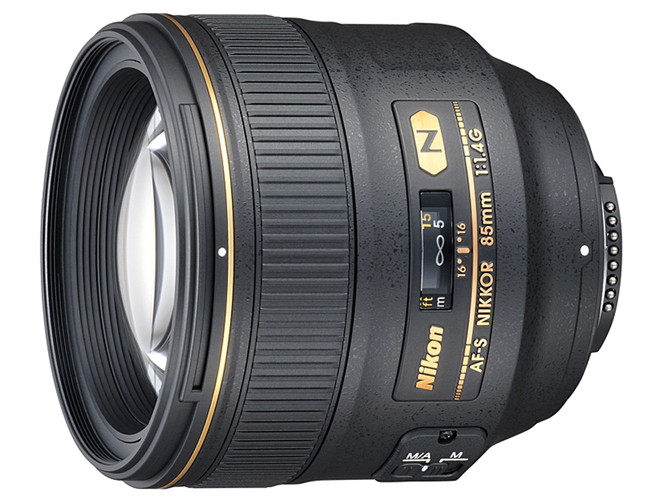
Prime lenses
A prime lens is a fixed focal length camera lens.
While a prime lens can have any focal length, it's the more traditional focal lengths from around 24mm up to 105mm that prove the most popular in today's market. This is a reflection of lenses found on older, classic cameras. The restriction of having only a single frame onto the world to work with is often deemed to provide its own creative process.
Modern day prime lenses typically have wide maximum aperture settings - some as bright as f/1.2 if you've got the cash - that give shallow depth of field control often far out of reach of zoom lenses (or, to be more accurate, affordable zoom lenses).
The quality of construction is also tip-top and, because they don't change focal length, they often produce super sharp images that are far better quality than a zoom lens equivalent.
The compact size is also an attractive reason to work with a prime lens, and the recent surge in compact system cameras (CSC) is testament to how small a camera kit can be crunched down to with a pancake (very thin) lens attached to the front.
Current favourites include the Canon EF 50mm f/1.4, available for a bargain £300, although prices can skyrocket for the best of the best: take a look at Sony's 24mm f/2 Distagon T* ZA SSM lens and you'll need closer to the £1,000 mark.
Typical Prime lens examples
DSLR

Nikon 85mm f/1.8 D AF - £305
Get daily insight, inspiration and deals in your inbox
Sign up for breaking news, reviews, opinion, top tech deals, and more.
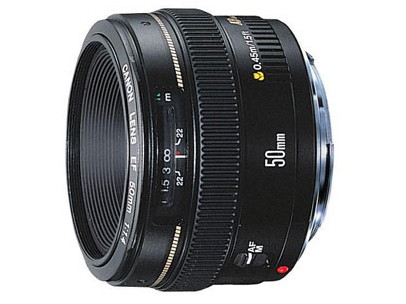
Canon EF 50mm f/1.4 USM - £299
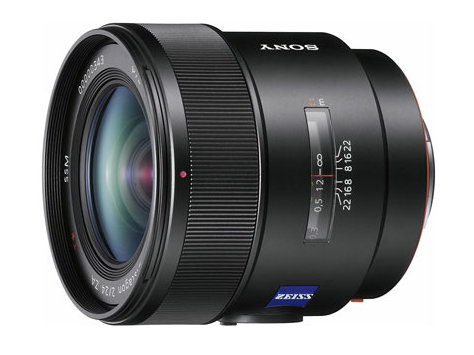
Sony A-mount 24mm f/2 Distagon T* ZA SSM - £990
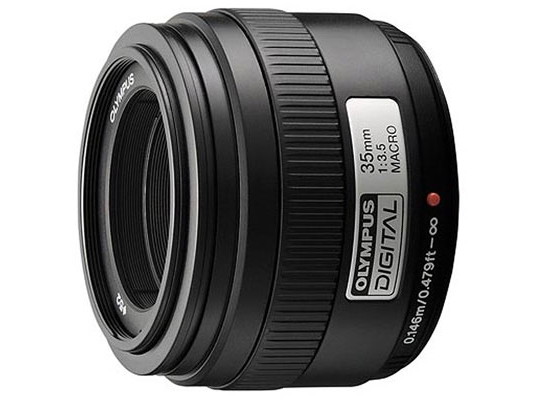
Olympus Zuiko Digital 35mm f/3.5 - £210
Pentax 77mm f/1.8 FA - £769
Sigma 20mm f/1.8 EX DG - £534
CSC
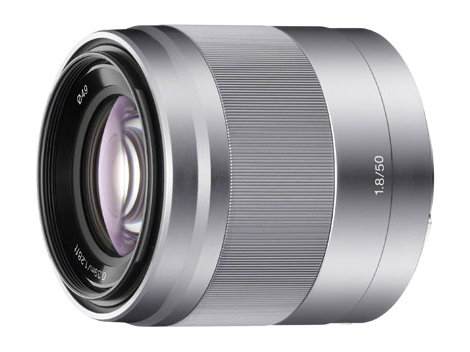
Sony E-mount (NEX) 50mm f/1.8 OSS - £269
Olympus Zuiko Digital 45mm f/1.8 Micro Four Thirds - £249
Samsung NX 30mm f/2.0 - £190
Current page: Prime lenses
Prev Page Sensor size and aperture explained Next Page Wide-angle and fisheye lenses